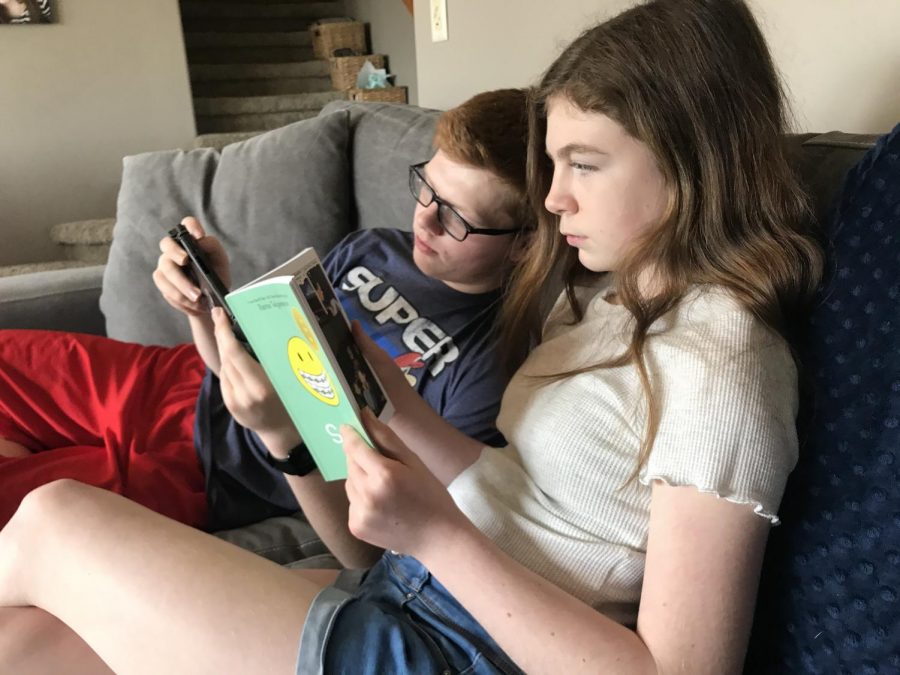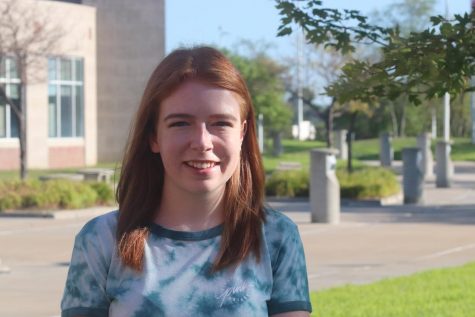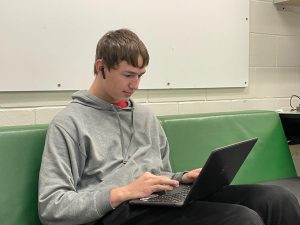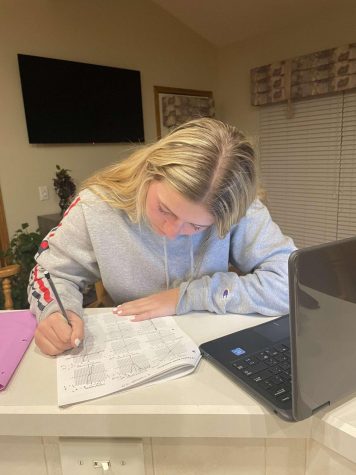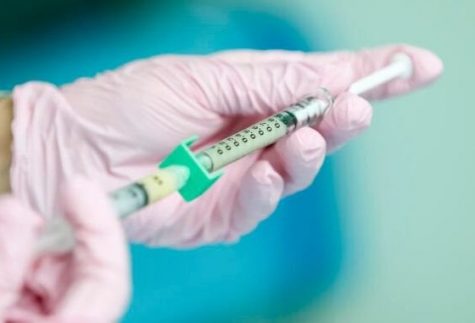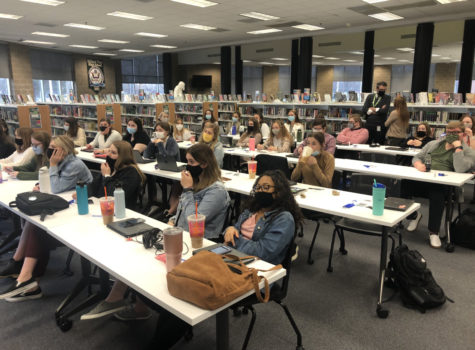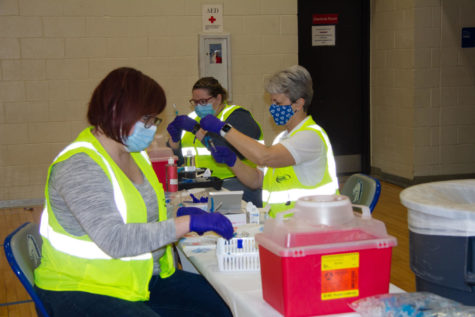Vouching for the couch
Staying home and socially distancing means everything to those at high risk
In this era of COVID-19, social distancing and self quarantining ranks high on the list of priorities. Staying home gives people the opportunity to not only stay safe and healthy but to read a book or play video games from the comfort of their couch.
April 2, 2020
Looking out my kitchen windows to see the neighborhood children playing kickball or tag and hearing their laughs and innocent, excited shrills always brings great memories flooding back to me…usually. Now, I fear that as the kids tag each other, high five or huddle close they might be inadvertently killing each other—or perhaps bringing COVID-19 home to people with limited defense, like me.
I did not go through brain surgery, radiation, infusions and intense chemotherapy for someone’s Spring Break trip to kill me. I’m not alone in this thought, either. According to health policy, research and analysis by the Kaiser Family Foundation, 41% of Americans 18 and older have a much greater risk of falling severely ill if infected with coronavirus. That number varies, however, as it is as high as 51% in West Virginia.
And it’s easy to believe, too. The ones categorized as high risk by the CDC are people we run into everyday: people 65 and older, people living in long care facilities and nursing homes, those with chronic lung disease or moderate to severe asthma, people severely obese and those that are immunocompromised (such as cancer patients).
In mid-March, the National Health Institute of Italy reported 99% of those that died after contracting COVID-19 had one or more previous illnesses like the aforementioned. However, that is not a sign that those without prior complex medical histories are free and clear. After all, Italy has one of the highest populations of elders and almost a quarter of their population smokes, according to the Centre for Evidence-Based Medicine, making their numbers centered around their population—not America’s. Different populations, environments and resources leave much to be unknown.
NBC health correspondent Dr. John Torres has said,“With this new disease, everyone is at risk of infection. If you stay home in an isolated environment, you decrease the risk of getting the virus and transmitting it to people in your community, especially those most vulnerable.”
Staying home—literally sitting on the couch—could save lives. The digital world we live in makes this simple task even easier.
Yet many people can’t seem to do it. They have friends and family they want to see. They want to go on their fun trips they’ve had planned for months. They want to grab those newly released non-essential items.
At some point though, sacrifices have to be made for the greater good. Trust me—I desperately want to see my friends and family and travel anywhere outside my house.
But I also want to live. I want my countless immunocompromised friends to live. I want grandparents, classmates with diabetes and teammates with asthma to live. I want my neighbors with collapsed lungs and heart conditions to live. I want babies to be born with their family in the room, and I want weddings with all the crazy aunts and uncles. I want my old life back. Don’t we all?
So, I’m self quarantining and social distancing because that is what will get us back to normal sooner rather than later.
“Just a little bit of separation can stop a fire from spreading,” Torres said. “What we do today will determine how bad this outbreak is in the coming weeks.”
A game of tag can wait. A game of kickball can wait. But those at high risk cannot wait for the people that have yet to take this pandemic seriously.

